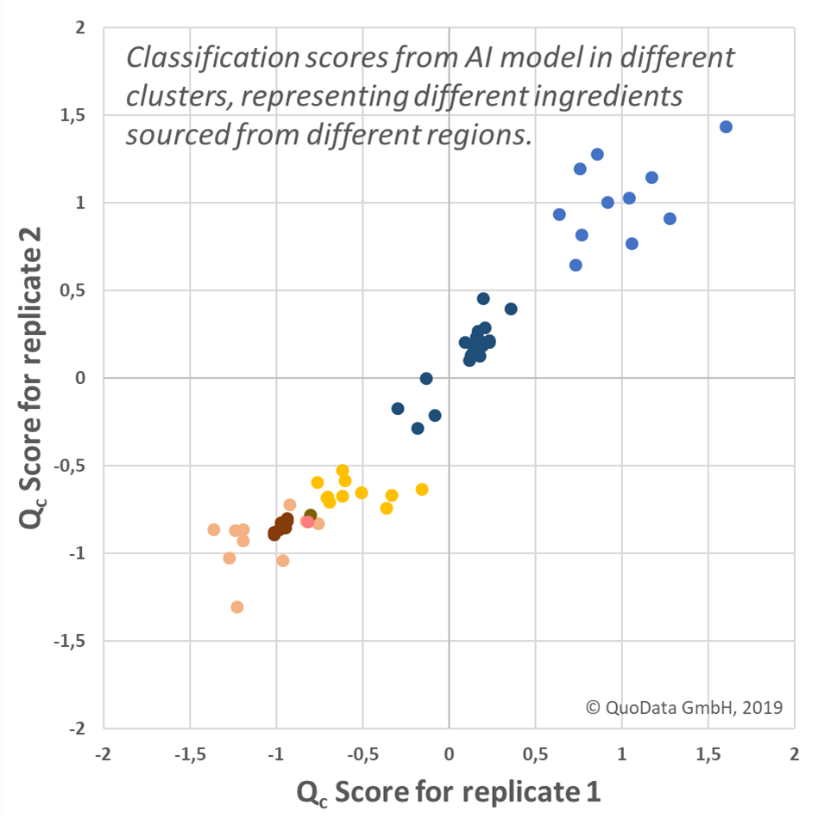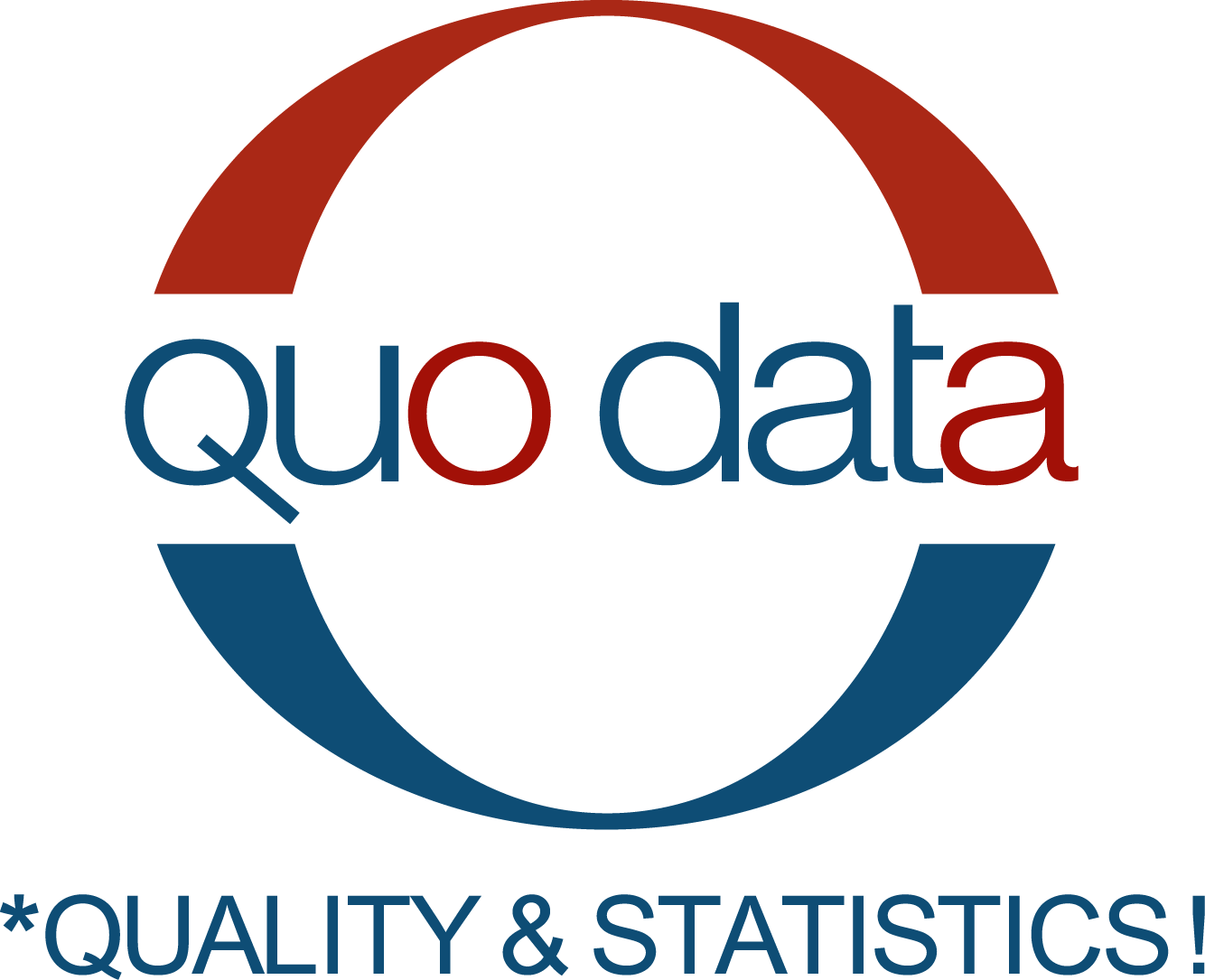AI for identification - proteomics and genomics
The range of human activity directly or indirectly involved in addressing issues related to food safety has considerably expanded in the last decade. In the past, the focus in food safety lay on quality control measures implemented to ensure productive processes met performance criteria. Nowadays, however, a narrow understanding of the issues surrounding food safety will compromise our ability to fully mobilize the potential of new digital and AI technologies. In particular, powerful data collection and data analytical tools represent extremely promising avenues for improving both the efficiency and the efficacy of food safety measures.
In our recent work, we have been able to contribute to advancing on many of these issues. One common theme runs through all our work: we turn to data to do the heavy lifting work for us.
On the basis of both sequencing (genomics) and spectroscopic (proteomics) data, we apply AI methods to filter out patterns allowing the identification of e.g. bacterial species. A closely related issue is the identification of food origin, in connection with the question of food fraud. Here, proteomics data (spectral obtained from mass spectrometers) hold more promise as protein/peptide information serves as a more reliable beacon of what is the region and what is the ingredient. In the following plot, we see how our AI model is able to identify different ingredients (different colored dots) and regionality forming different clusters.

We cannot stress enough about the role of human intelligence to make machine intelligence better. Human intelligence is not only imparted in developing an AI model, but also required to devise a sound experimental design to collect appropriate data.
Find our work exciting? Get in touch with us to know more and collaborate.
